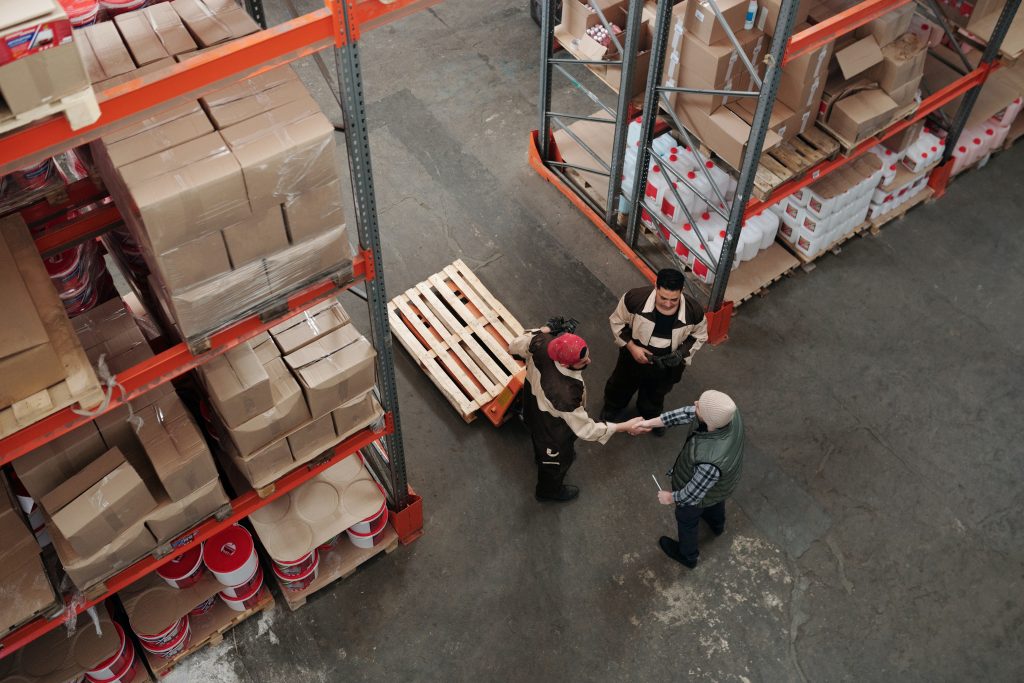
A Global Shift for Manufacturers: Industries with Increased Demand
It is difficult to put into exact figures the effects the coronavirus pandemic has had on global industry. However, with manufacturers and supply chains across the world reeling with the ongoing problems the pandemic has presented, we are seeing a definite shift in the ways business is conducted.
Overall, factory shutdown and manufacturing delays have shrunk foreign direct investment by 5-15%, as global trade and supply is interrupted. But some businesses and industries—like toilet tissue, hand soaps and sanitizers, and face mask manufacturers—are experiencing a heavy increase in demand.
So how are these businesses coping with potential delays or limited access to materials? What does this global shift mean for manufacturers and supply chain managers of products that are especially high in demand?
Manufacturing
Manufacturers in high demand during the pandemic must devise unique solutions to meet customer satisfaction while protecting employees. While these solutions are different for every industry, how paper products and food services are adjusting are a good indicator of common trends.
Paper companies have seen a 20% increase in orders during the pandemic, with worried individuals stocking up on products like toilet tissue for fear of being stuck inside without it. Additionally, the increased number of individuals either unemployed or working from home means more business for household toiletry and paper products. This means factories already operating on a 24/7 basis have had to increase production, hire on more workers, and buy out more materials, all while maintaining COVID safety recommendations.
Without maintaining employee safety, factories put themselves at risk of shutting down. This is especially vital in the foodservice industry, where workers have to constantly manage risks with shifting inventories.
Food and beverage companies are reevaluating their processes to maintain supply amidst high demand and limited access to materials. Coca-Cola, for instance, has experienced interruptions in shipments of certain sugar alternatives because of the pandemic. Usually, they acquired many of these materials from China, but the difficulties in trade amidst economic shutdowns and transportation complications have made international supply chains difficult to manage.

Photo by Olenka Sergienko from Pexels
As a result, manufacturers are shifting to domestic sources. According to a recent survey, 64% of manufacturers believe reshoring is likely, meaning a return to domestic sources of materials and assemblage. This domestic trend can help manage manufacturers and supply chain needs for high-demand products, but the effect on foreign economies will be felt for a long time to come.
Supply Chain Management
Supply chains require vast amounts of data, mapping, and planning for successful, seamless functioning. In light of the pandemic, those that already had a sufficient map of supplier sites had a better understanding of where delays could be anticipated. But data is key here, and it has been the focus of a shift for manufacturers both experiencing increased demand and those that have not.
Supply chains are essential to the transportation and costs of goods, both for manufacturer and consumer. Every aspect of customer satisfaction and good business relies on an effective supply chain, and the coronavirus has impeded supply chains worldwide.
Because of this, industries with high demand are more reliant than ever on the effective mapping of suppliers and the use of data. They need constant, reliable resources to meet demand, and only the best information can assist in this endeavor.
This often means a digital mapping system on top of a “nomadic sourcing” strategy for the long term. Businesses have to adjust their suppliers depending on where they can effectively acquire materials. For example, if a recent outbreak has shut down a factory that makes a specific part needed for another manufacturer’s product, a back-up location must be mapped out and ties created.

Some businesses are adopting these strategies and back-ups now, amid the pandemic, while others were already more prepared with such strategies. Regardless, the emphasis on information and digital tools is creating a shift in the world of supply chain management, where big data and AI tech is increasingly being adopted.
As a result of this shift, the concerns of cyber-attacks are more prevalent than ever. In the digital world made necessary by COVID-19, cybersecurity is a vital element of supply chain management, especially for those providing products in high demand. Data can be highly valuable for hackers and the current 4 million-person shortage in the field of cybersecurity, according to the University of North Dakota, makes for a dangerous landscape for supply chains.
As the industry shifts, digital mapping, nomadic sourcing, and cybersecurity are all central focuses for supply chains managing high-demand products.
A Changing World Amidst the Pandemic
Manufacturers and supply chain managers are having to adjust on the fly to the challenges of a global pandemic, and that means shifting policies and procedures. From integrating safety and social distancing measures to protecting employees to ramping up production and domestic sourcing, modern business is adjusting to high-demand and plotting supply chains with advanced digital all in a challenging environment.
These trends will likely continue for years to come, with the reverberations felt across a wide variety of industries. In manufacturing and shipping, these changes may make for increased awareness and control over materials and supply chains, but only time will tell what the full effects of the pandemic will be on global trade at large.
This article is written by guest author Beau Peters. View more of Beau’s articles here.






